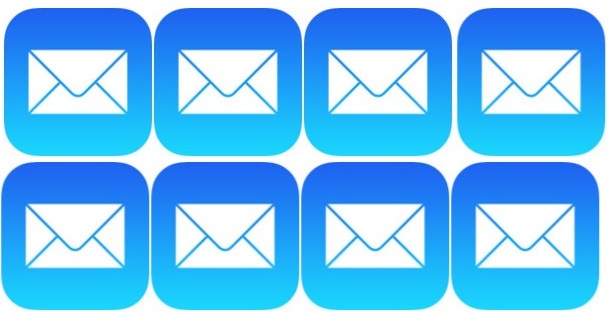A Beginner's Guide to the Email Marketing Apocalypse
Big tech’s privacy crackdown is getting ready to deliver another devastating blow to marketers.
The weapon of choice: new Mail Privacy Protection from Apple.
Announced in June as one of the new features of this fall’s release of iOS 15 and macOS Monterey, Apple’s Mail Privacy Protection will give users the option to select from two options—”Protect Mail Activity” or “Don’t Protect Mail Activity”—when they use the Apple Mail app.
Given that 96% of Apple/iPhone users are opting out of the ad tracking feature that Apple launched in April, it stands to reason that most users will choose to protect their privacy when it comes to email as well. Yikes.
So, what exactly does this mean for your marketing? We’ll break it down.
Let’s Define “Mail Privacy Protection”
To understand Mail Privacy Protection, let’s start with Apple’s official definition of the new feature:
“In the Mail app, Mail Privacy Protection stops senders from using invisible pixels to collect information about the user. The new feature helps users prevent senders from knowing when they open an email and masks their IP address so it can’t be linked to other online activity or used to determine their location.”
Translation: Users can block their email data from you.
So as a sender, you will no longer be able to determine who opened your email, when they opened it, or where they are—all valuable data you’ve come to rely on.
THE RIPPLE EFFECT OF NO OPEN RATES
Naturally, the open rate is not your only metric for email success. But it is a big one. Without clear open rates, it’s going to be difficult-to-impossible to execute many of your key email marketing functions.
That includes being able to monitor deliverability, user engagement, and the health of your email list; run A/B tests on subject lines; optimize your send times; create real-time personalization; build re-engagement campaigns targeting engaged users (users who open your emails); and build automation campaigns triggered by email opens.
THE GOOD(ISH) NEWS: THIS ONLY IMPACTS APPLE MAIL USERS
This big change only applies to users who check their email using the Apple Mail app. You’ll still have access to data from users on other email clients, like the Gmail app/interface or the Microsoft Outlook app/interface.

However, don’t let that fool you! Because Apple allows users to sync the Apple Mail app to accounts from multiple email providers, including Gmail, Microsoft Outlook, AOL Mail, and Yahoo! Mail, the significance of this privacy move is far-reaching. In fact, if you combine all iterations of Apple Mail (iPhone, iPad, and desktop), it accounted for more than 46% of all email opens in 2020, making it hands-down the biggest email platform in the world.
How To Prepare for the FALL 2021 Change
According to Jay Schwedelson of Worldata*, there are 3 steps you can take to try and maintain a sense of your open rate after Mail Privacy Protection launches this fall:
- Identify NOW how many of your subscribers open your emails on an iOS device
- Benchmark your open rates NOW to know what baseline numbers you want to measure against
- Once Mail Privacy Protection goes into effect, take your new open rates and adjust them based on the data collected in steps 1 and 2
This solution will help you gain a sense of what your new open rates mean to you. That’s good in the short term. But longer term, we have to accept the fact that open rates could be toast. So, we would also recommend adding the following steps to your immediate to-do list…
More Tips to Navigate the Change
Start A/B testing your subject lines, content, and creative (if you’re not already doing so) to see what works and what doesn’t.
Clean up your list. Get rid of dead weight that’s driving down your engagement and your deliverability, since it will be much harder to spot without an accurate open rate.
Evaluate your click-through rate. Make sure you’re measuring it as clicks compared to emails sent (not emails opened). The click-through rate has always been the most important metric anyway because it measures conversions…and isn’t that why we do this?

Finally, Don't Sress
As marketers, we are a naturally creative bunch. And, as with every big tech change, we will use our creativity to adapt to and overcome the roadblocks that Mail Privacy Protection presents. And, as consumers ourselves, we can probably all agree that more privacy is a good thing. So, let’s embrace this challenge and celebrate it for what it is: a step in the right direction.
Need help mapping out your next email marketing move?
*American Advertising Federation Baltimore Webinar: Do This, Not That: NEW Email Marketing Techniques Working Now, July 29, 2021


